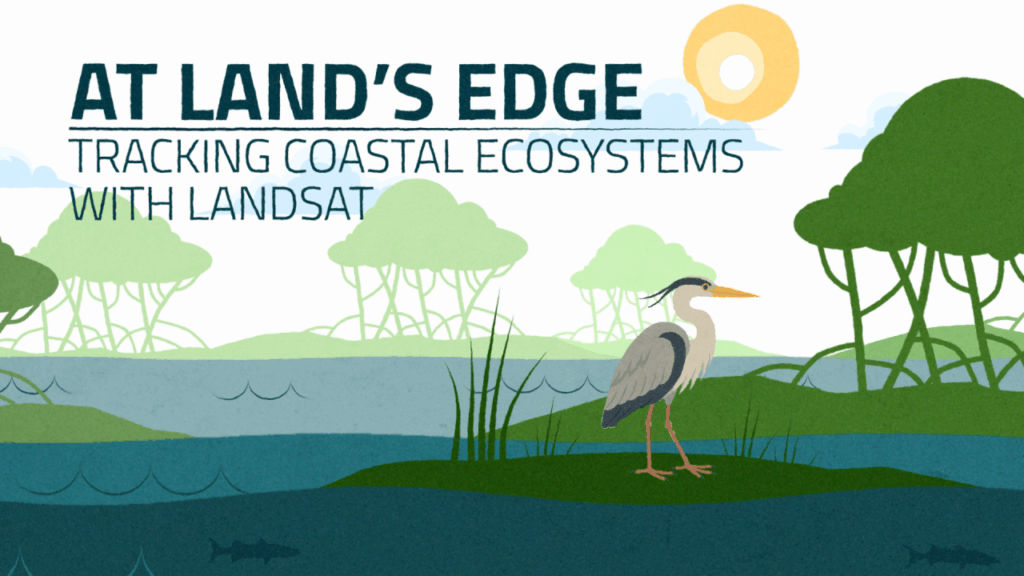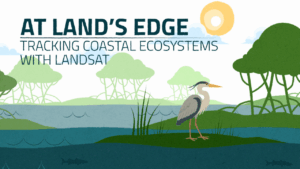
In the July issue of Remote Sensing of Environment, a team of researchers unveiled the Harmonized Landsat and Sentinel-2 (HLS) version 2.0 surface reflectance dataset and algorithms (Ju et al., 2025). The team included seven NASA co-authors, members of the 2018-2023 Landsat Science Team, and the European Space Agency. HLS V2.0 was completed in summer 2023 and now the full dataset is available in Google Earth Engine and AWS, offering 30m data at near-global coverage from 2013. Compared with HLS V1.4, the most recent publicly available HLS product, HLS V2.0 has improvements in atmospheric correction, cloud masking, and bidirectional reflectance distribution function (BRDF) correction. HLS V2.0 also extends to near-global coverage (excluding Antarctica)—as compared with V1.4, which covered only about 30% of the land surface—and integrates Landsat 8, 9, and Senintel-2 A, B and C. In 2022, the first whole year where two Landsat and two Sentinel-2 satellites were collecting data, HLS data had a 1.6 day repeat frequency and a global median of 66 cloud-free observations, a substantial improvement on using data from only Landsat or only Sentinel satellites.
HLS data is available for download through Earthdata Search and through the Land Processes Distributed Active Archive Center, a partnership between NASA and USGS. The HLS dataset is an outcome of the Satellite Needs Working Group (SNWG), and interagency collaboration that designs solutions to fit the remote sensing needs of U.S. federal agencies. HLS data’s high temporal repeat can help researchers monitor short-term changes in Earth’s land surface much more effectively than Landsat or Sentinel-2 alone. HLS was the most-downloaded NASA data product in fiscal year 2024.





